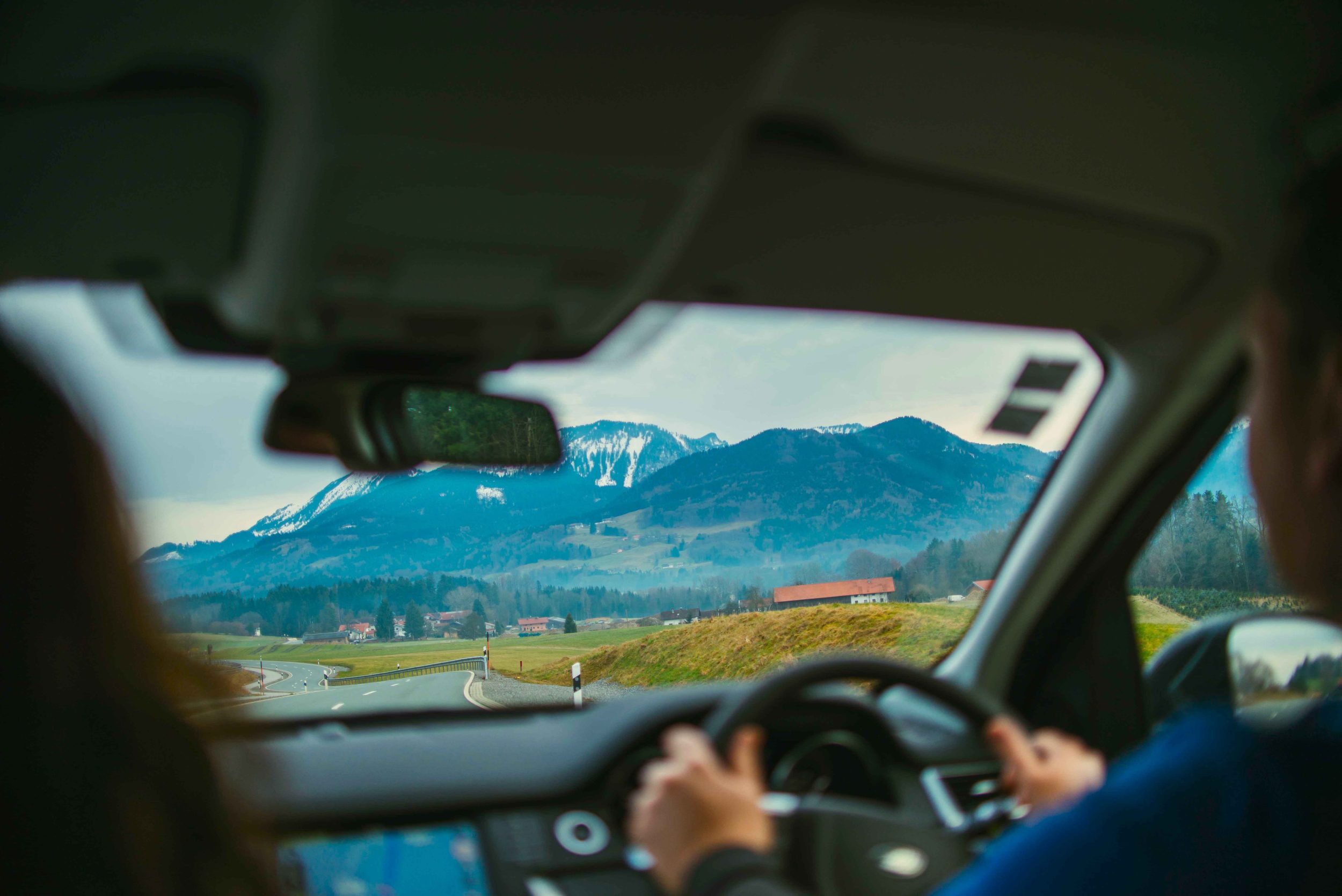In the coldest and darkest months of the year, it’s more important than ever to plan your car journeys and take care on the roads. Historical winter driving accident statistics from the Department for Transport show there are significantly more incidents in darkness compared to daylight. And that’s without taking into account any potential snow or ice.
So, what can you do to ensure you make your journey as safe as possible? We’ve put together some advice for winter driving to help you prepare for less-than-ideal conditions.
Check your car’s roadworthiness
Ensuring your car is fit to drive before and during the winter months is even more important than at other times. Keeping your vehicle properly maintained will help prevent breakdowns in poor weather.
Your winter driving checks should include:
- Oil and fluid checks – to keep your vehicle running smoothly, ensure your oil and coolant are at the correct levels. Remember to only check the oil when the engine is cool.
- Screen wash – during the winter, salt, rain, snow and ice can all affect your windscreen, making it difficult to see. Always ensure you have enough screen wash and don’t be tempted to use washing up liquid instead!
- Tyres – cold weather can cause tyre pressure to drop, so ensure these are topped up to the right level before you set off. Check your manual for the correct and safe tread depth for winter driving. You could also fit winter tyres, which will offer the extra grip that could make all the difference.
- Lights – it’s essential to check all your lights are working properly before driving. This includes headlights, tail-lights, fog lights and brake lights. Driving in harsh weather affects visibility and you’ll want to make sure other drivers can see you.
- Fuel – make sure you have enough fuel for your journey and prepare to use more when venturing out in bad weather.
- Windscreen wipers – you won’t want to get caught in heavy rain with poorly performing wipers, so replace these before winter if necessary.
Allow plenty of time for your journey
When driving in the winter you should check the weather, both locally and for your destination, and make sure you allow yourself plenty of time. The Met Office often issue weather warnings for conditions such as snow, ice, flooding and high winds so it’s important to follow the advice if there’s a warning in place.
When preparing for winter driving, it’s also a good idea to plan your journey in advance and consider the route you’re going to take, particularly if there’s snow and ice around. Main, well-lit roads are safer than narrow country lanes and are more likely to have been gritted.
Take it slow
Wet, windy, icy and snowy conditions are the common dangers of winter driving. Not only do they make the roads more dangerous, they also decrease visibility.
When battling longer stopping distances and slippery surfaces, it’s a good idea to drive slower than usual, rather than trying to keep up to the speed limit. Being aware of other drivers around you and allowing more distance between vehicles is also important when driving in bad weather.
If you must make an essential journey in such conditions, ensure you clear the snow from your car properly before you set off – including from your headlights, tail-lights and number plate. And don’t forget to clear the roof, to prevent snow falling over the windscreen whilst on the move.
Pack a ‘winter driving essentials’ kit
When driving in the winter you should keep a kit in your car, particularly if you’re likely to get caught in the snow or if you become stuck. Don’t forget to include:
- snow shovel
- ice scraper
- hi-visibility vest or jacket
- food and drink
- blankets and warm clothing
- torch
- first-aid kit
- phone charger
- jump leads.
Only travel if it’s essential
If the conditions are bad, decide if your journey really is essential or if it’s safer to delay. If you do choose to drive, ensure you’re aware of the appropriate Highway Code rules for adverse weather.
If you regularly drive in winter, for example as part of your job, you could benefit from a winter driving course. This will help to give you in-depth knowledge and skills for coping with poor weather.
Check you’re properly insured
If an accident were to happen in winter, you’ll want to make sure you’re fully insured against potentially costly repairs. If you’re borrowing a car for a specific trip this winter or taking yours out for a rare run, check out our temporary car insurance. With policies from one hour to 30 days, you can choose cover for a time period that suits you.
You should also ensure the car you’re driving is properly serviced and has an up-to-date MOT to keep it safe, roadworthy and legal.
For more top tips, driver advice and interesting articles, check out our news section.



